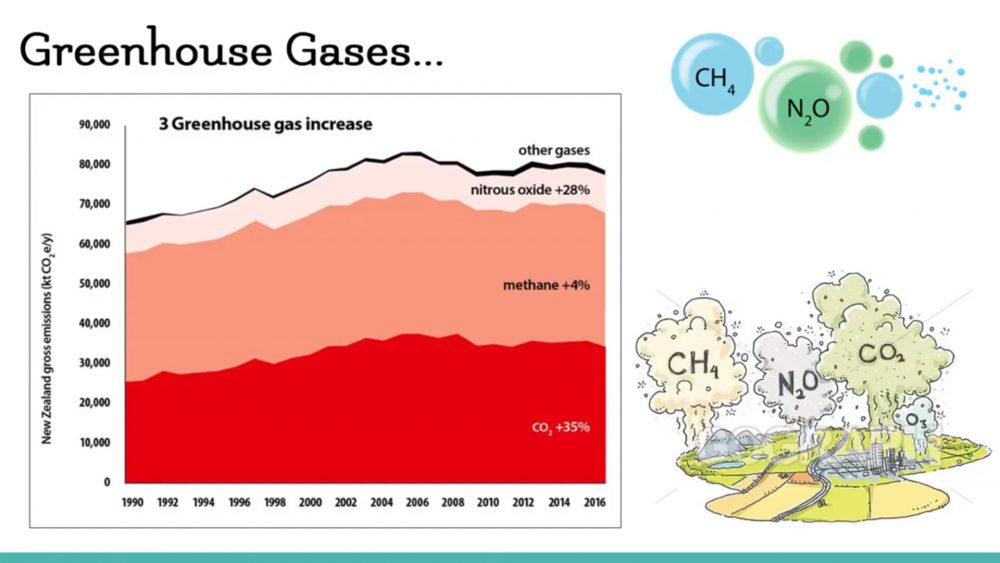With her genetically modified project, a 13-year-old student from Cashmere High School, Christchurch, New Zealand (NZ), won the latest “Sir Paul Callaghan Eureka! Premier Award”.
The Eureka award has been on since 2012, it gathers students from across New Zealand presenting various researches involving science, technology, mathematics, and engineering (STEM)that can help benefit the country.
On this science-filled night, Lila Madden, a student from Cashmere High School, Christchurch, gained the attention of jurors. With her talk titled “Revolutionary Ryegrass”, she bagged the award over 11 other finalists.
The “Revolutionary Ryegrass” talks about the value of genetically modified ryegrass to improve New Zealand’s dairy industry which is one of the country’s prized product.
https://twitter.com/nzyoungfarmers/status/1172643469589745664
Genetically modified grass cuts 30% greenhouse gas emissions
The study on genetically modified ryegrass can be traced back to 2016; AgResearch scientists Greg Bryan, Nick Roberts, and Kim Richardson started the study. In theory, the genetically modified ryegrass can cut greenhouse gas emissions by up to thirty percent (30%).
The scientists also conducted a study of ryegrass being fed to cattle animals, results show an increase of twelve percent (12%) in milk production. In terms of structure, it shows resiliency to dry weather, deep-rooted and retains more energy.
Other benefits of genetically modified ryegrass
New Zealand has a strict policy in the application of genetically modified studies on New Zealand soil. This is the reason why it took quite a long period before AgResearch made an actual application of the ryegrass product in the actual field.
In Madden’s presentation, she pointed out that New Zealand should consider the benefits of the grass. The presentation circulates on the introduction of High Metabolizable Energy (HME) ryegrass. She pointed out that this could be a big game-changer for New Zealand’s dairy industry.
Benefits of using HME ryegrass as pointed out in her presentation are as follows: better growth in cattle, reduced water usage, minimal excreted nitrogen thru cattle urine, and reduced methane emission on animals.
As of now, HME experiments show positive results on controlled growing conditions and actual field trials. The next step here is the working on the compatibility between cattle genetics from New Zealand where the project is aiming to be applied.
We’re breeding the best novel traits into ryegrass cultivars that will best suit New Zealand growing conditions and we’re also introducing genes into the plants that have simpler genetic patterns that will make future breeding programs easier, said Dr. Bryan.
It might not be long till the experimentation reaches its full period and actual application on New Zealand soil will take into action. The governing committee of the Eureka awards encourages students like Lila Madden to come up with ideas that will shape the future of New Zealand, hoping for equally excellent presentations next year.







